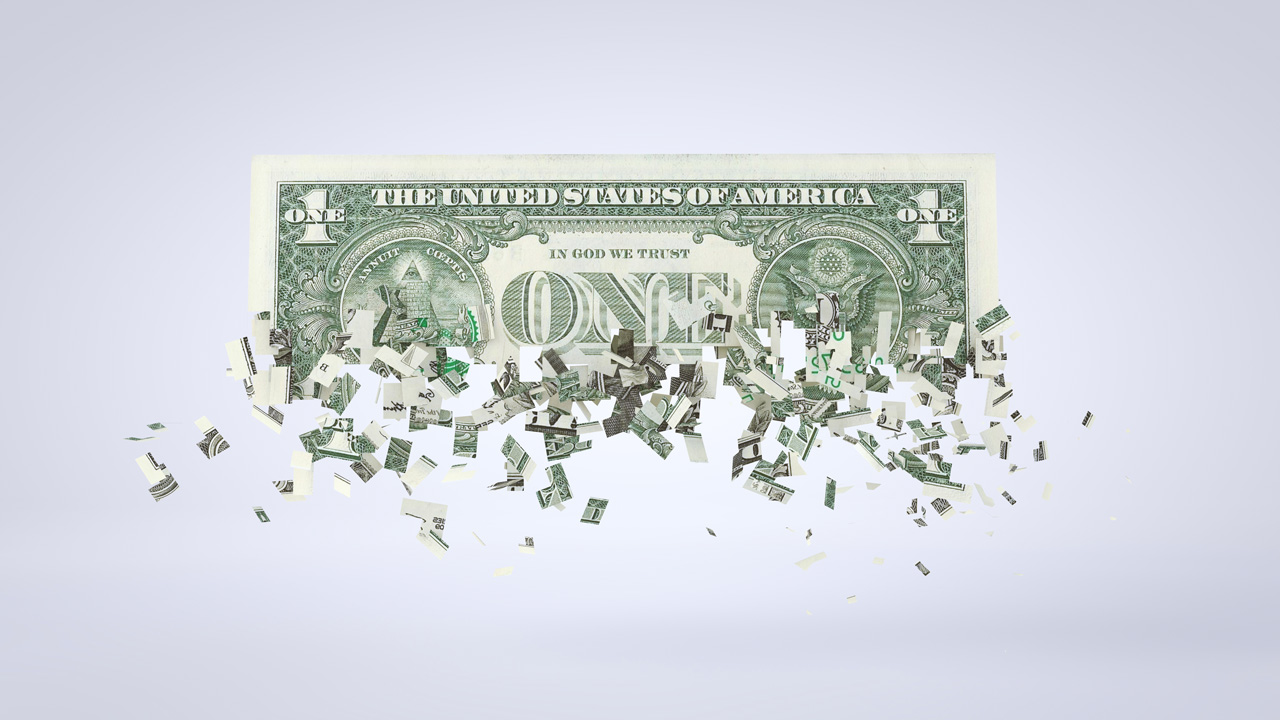Peter Schiff: Dollar Decline Means Lower Inflation Is Transitory | SchiffGold

With the June CPI report coming in even cooler than expected, the mainstream perspective seems to be that the Federal Reserve is winning the inflation fight. But in his podcast, Peter Schiff explains why the dollar is telling a different story.
The dollar index fell below 100 last week for the first time and hit its lowest level since April 2022 last Thursday. Through last week, the DIX fell by 2.3%. Peter said what is happening is somewhat counterintuitive.
It’s ironic that the dollar losing less purchasing power than anticipated means that the dollar loses its purchasing power on international markets. You would think it’d be the opposite.”
The dollar started rallying in January 2021 and ran through September 2022. The rally strengthened the dollar by nearly 30%. Since that peak, the dollar is down by about 13%.
It’s still up a lot, but not nearly as much as it was.”
Peter said the significance of this is that the big drop in the CPI has primarily been driven by the strength of the dollar.
That acted as a tightening all by itself. Yes, you had the Fed raising rates. You had the Fed shrinking its balance sheet. But you also had the dollar going up. That helped the Fed. … Monetary conditions tighten when the dollar goes up. That helped bring down prices.”
You can see the impact clearly on commodity prices. When the dollar gets stronger, it raises commodity prices for other countries. The rising prices lead to a drop in demand.
That benefits the US because we have dollars. We create dollars. So, we don’t see a price increase in commodities when the dollar goes up. We actually get a benefit because more of our international competitors who are bidding for those same resources get priced out. Their demand goes down because they’re looking at these higher prices. And so then we get the benefit of lower prices. So, the dollar, the foreign exchange market was doing a lot of the Fed’s work. It was tightening without the Fed having to hike rates more.
The Fed was able to manufacture a lot of dollar strength with rhetoric. All of the tough, hawkish talk supported the dollar.
In fact, the dollar started to rally before the Fed started hiking. It was because the Fed started to indicate that it was going to hike. The foreign currency markets got in front of that and started to discount those rate hikes and that tighter policy and the dollar started going up.”
Now the dollar is falling because the forward-looking currency markets know the Fed is either finished hiking or at least close enough to the peak that the next significant move the markets anticipate is easing.
The fact that the dollar is already falling — that counts as an ease. So, even if the Fed continues to hike, if the dollar keeps falling, that effect will be larger than the rate hikes. So, even though the Fed would be hiking rates, the weakness in the dollar will actually be negating those hikes and will have the effect of a cut because it will be a loosening of monetary conditions.”
A loosening of monetary conditions means a revival of price inflation. That’s why it’s likely that the current cooling in CPI is likely transitory.
Call 1-888-GOLD-160 and speak with a Precious Metals Specialist today!








